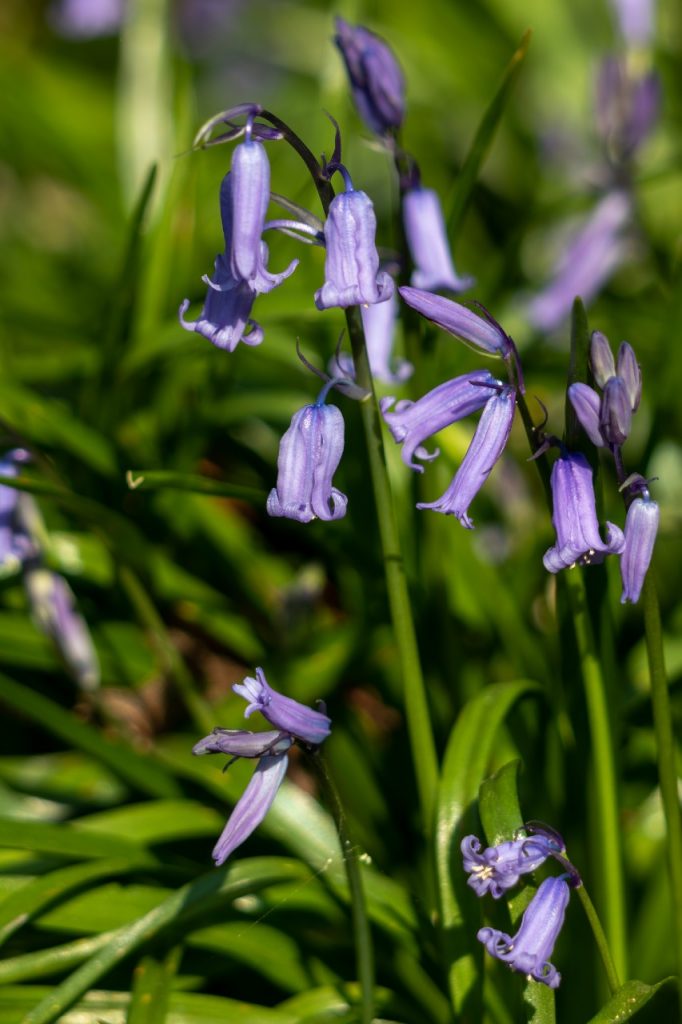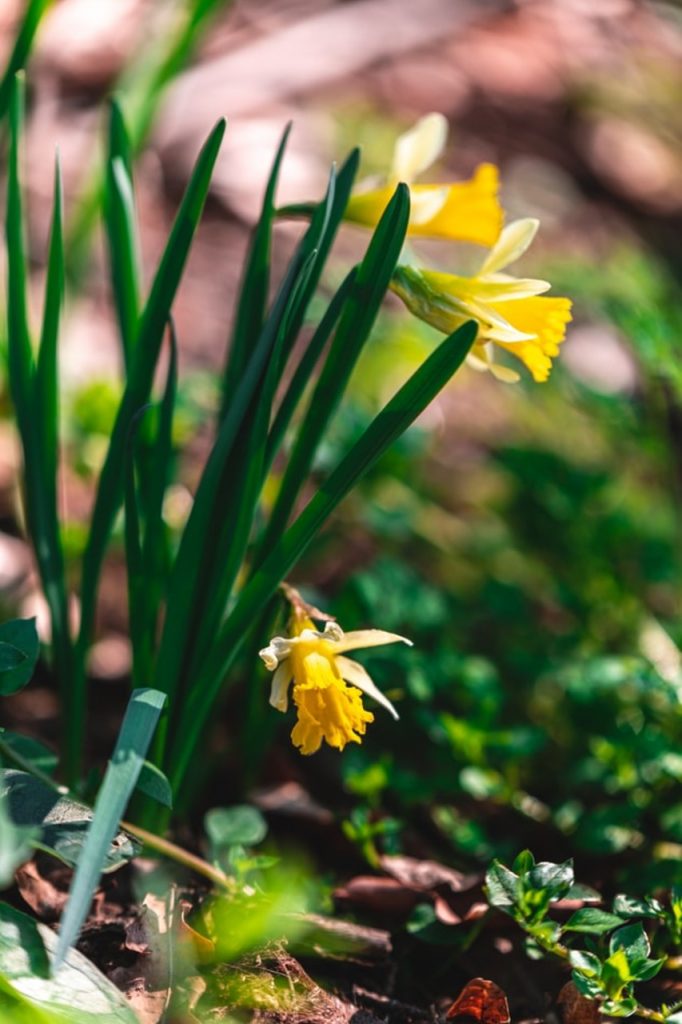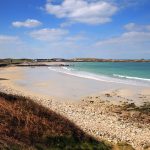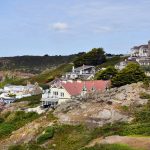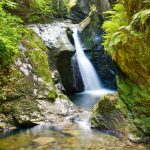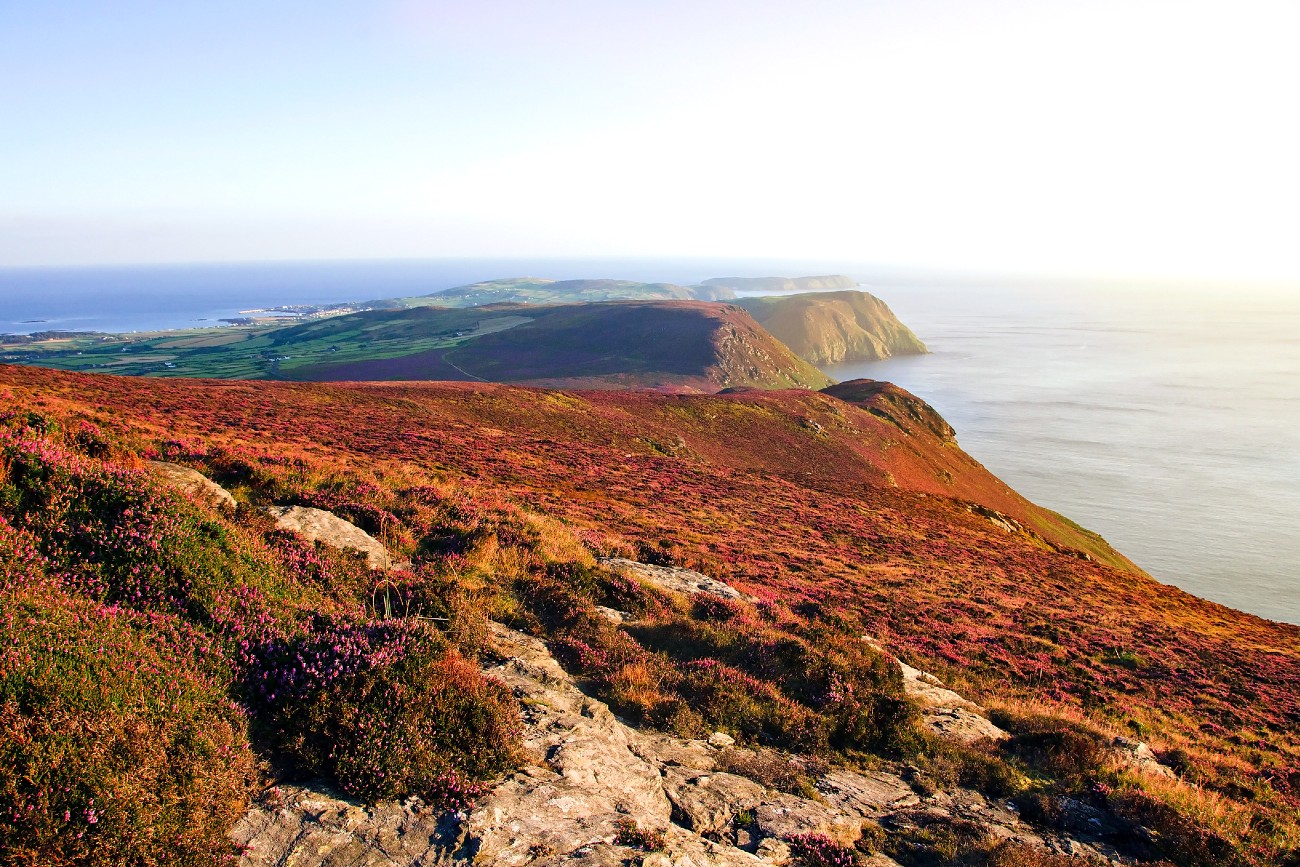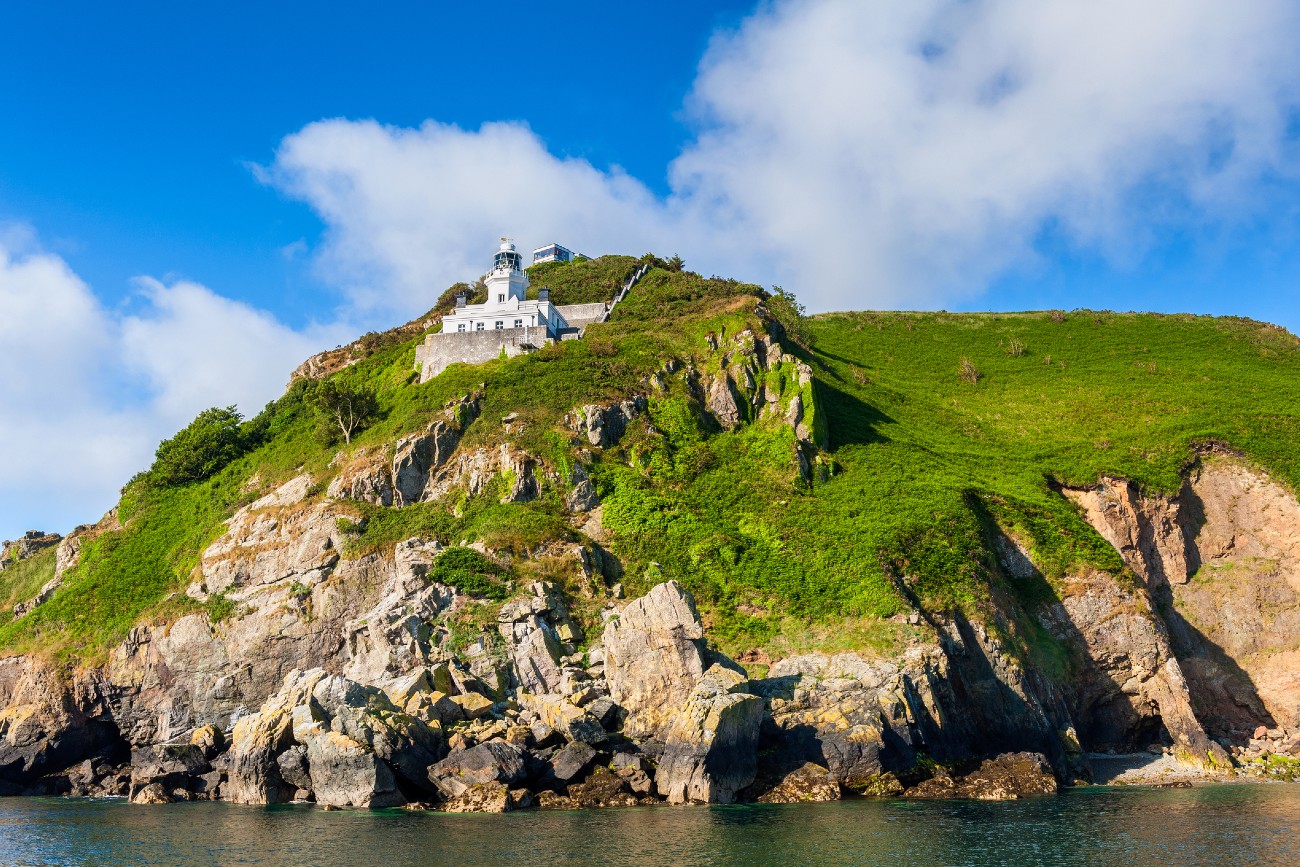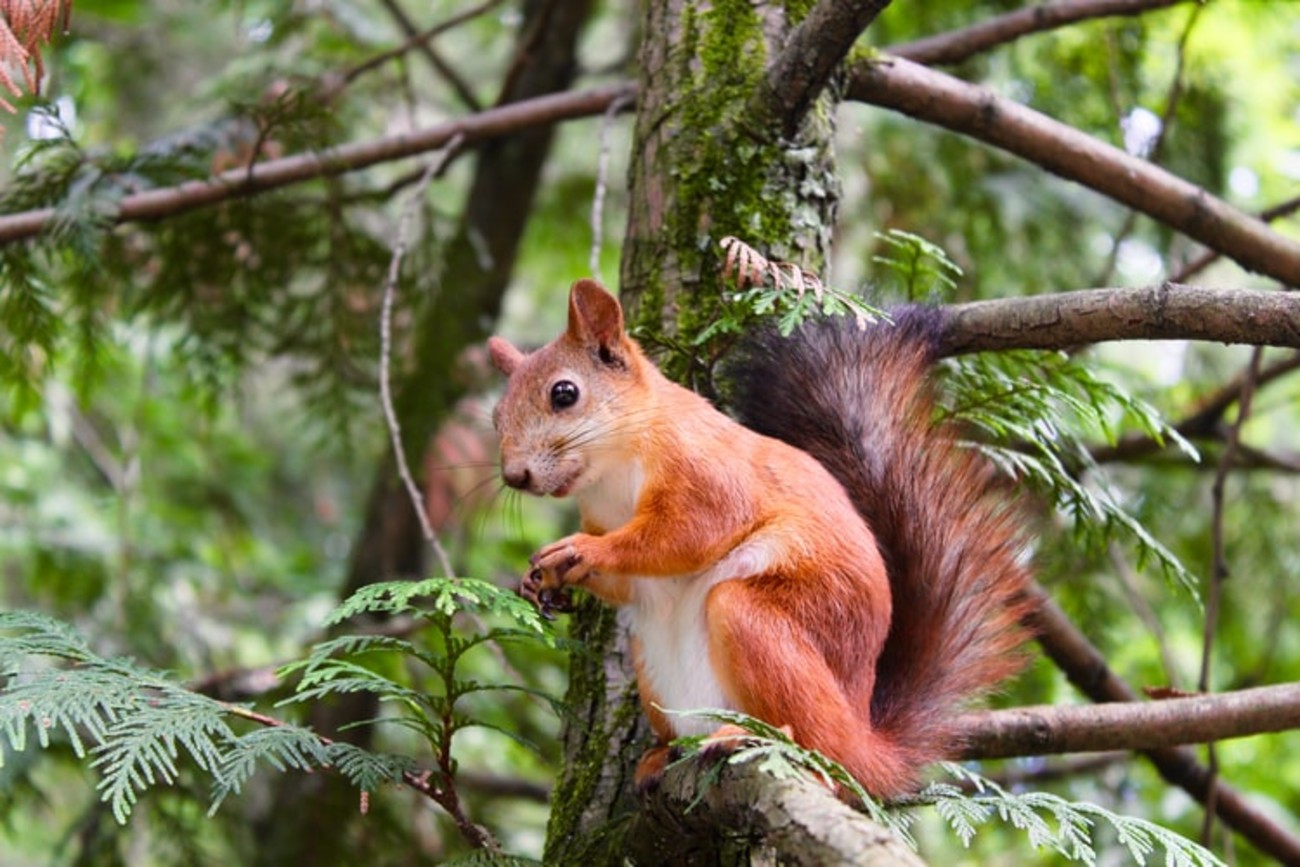
The natural landscapes of Jersey have an incredible range of places to explore. While the beaches and bays may get the majority of the plaudits, venturing inland can reward you with opportunities to discover some of the best woodland habitats in the Channel Islands.
As a prime example, there is a small reservoir in the north-east corner of Jersey which was originally constructed by the Germans during their occupation of the island. Nowadays, it’s a popular fishing spot, but it also marks the beginning of a walk through an area of forest known as St. Catherine’s Woods. I usually come here in spring time for a pleasant hike.
Footpaths weave through this woodland, skirting the babbling brooks and passing beneath mature trees – some of which have been growing for almost 100 years. In fact, the trees here are some of the oldest examples in Jersey. The gnarled bark and lichen-draped branches of the oak trees make St. Catherine’s Woods a magical place to be and it can be an even better experience during the changing of the seasons.
In spring, wildflowers burst into life all over the forest floor, being particularly common sights in woodland clearings. I always look for bluebells, daffodils and celandine – all bringing a welcome touch of colour to the forest environment. The autumn too can be a beautiful time in the woodland, as the leaves of the trees turn from green to brown, cycling through glorious reds and golds.
For all its scenic wonder, St. Catherine’s Woods is little known on the island and few tourists ever make it out to this part of Jersey. The seclusion the woodland is blessed with only adds to its appeal, with the low visitor numbers making it one of the most peaceful places on the island. This is one of my favourite secret spots to show my friends who are visiting.
The Forgotten Forest
On the opposite side of Jersey, there is another reservoir, although this one is far larger and holds enough water to support the whole of the island for up to five weeks. Vale de la Mare Reservoir lies just north of Jersey Airport and is situated in an elevated position which gives it some fantastic views out towards the western coast and the Atlantic. A 4.5 kilometre footpath hugs the water’s edge and circles around the reservoir, passing through some lovely forested areas.
Since its construction in 1962, the reservoir has become an important site for nature, with a diverse range of flora and fauna thriving in the area. Keep an eye out for Great-Spotted Woodpeckers, Short-Toed Treecreepers and Willow Warblers. All of these birds love the forest habitat and there are also owl nesting boxes to be found on some of the larger trees, with some of them hosting chicks during the spring and summer.
For those with an interest in rare tree species, Vale de la Mare Reservoir is home to an arboretum – a unique garden which was established with the aim of being enjoyed by future generations.
Hundreds of seeds from trees all over the world were planted, and many of these trees still stand today, giving the garden a wholly exotic feel.
Sadly, funding for the garden dried up years ago and it is no longer maintained to the degree it once was, giving it the nickname, ‘The Forgotten Forest’. It can still be an intriguing place to visit, however, and is perfect for a short country walk.
- Bluebells
- Daffodils
Going Nuts
Jersey’s woodlands support an incredible diversity of plants and animals, but there is one species which stands out as a real highlight. As a true forest-dweller, this creature is perfectly at home amongst the trees and is one of the few mammal species to be found on the island.
The species in question is the Red Squirrel – an animal well known for its rust-coloured fur and endearing looks. Red squirrels live in both broadleaf and coniferous forest, where they feed largely on seeds, nuts and berries. Often see leaping from tree to tree, they can also be found foraging on the ground.
As the only type of squirrel to be found on Jersey, the Red Squirrel was introduced in 1885 by some local naturalists and has increased in number ever since. Unlike in the UK, Jersey has not been subject to the introduction of the Grey Squirrel – a species whose presence is severely damaging to the smaller Red Squirrel.
Despite this, the population on the island remains small and the greatest threat to the animal is habitat fragmentation. Red squirrels rely on large areas of woodland and the amount of forest in Jersey has decreased greatly over the years. St. Catherine’s Wood and Vale de la Mar Reservoir are two of the best remaining places to see the squirrels, so be sure to watch out for them on a visit to either of these woodlands.
When it comes to the Channel Islands, woodland habitats are generally few and far between, with the region being far better known for its beaches and dramatic coastline. Jersey’s woodlands are therefore very unique habitats and provide some excellent walking opportunities, along with chances to see rare plants and animals.
Apart from beautiful nature, Jersey offers also some delightful cuisine. Learn more in this article: Discover The Mouthwatering delights of Jersey, Channel Islands


